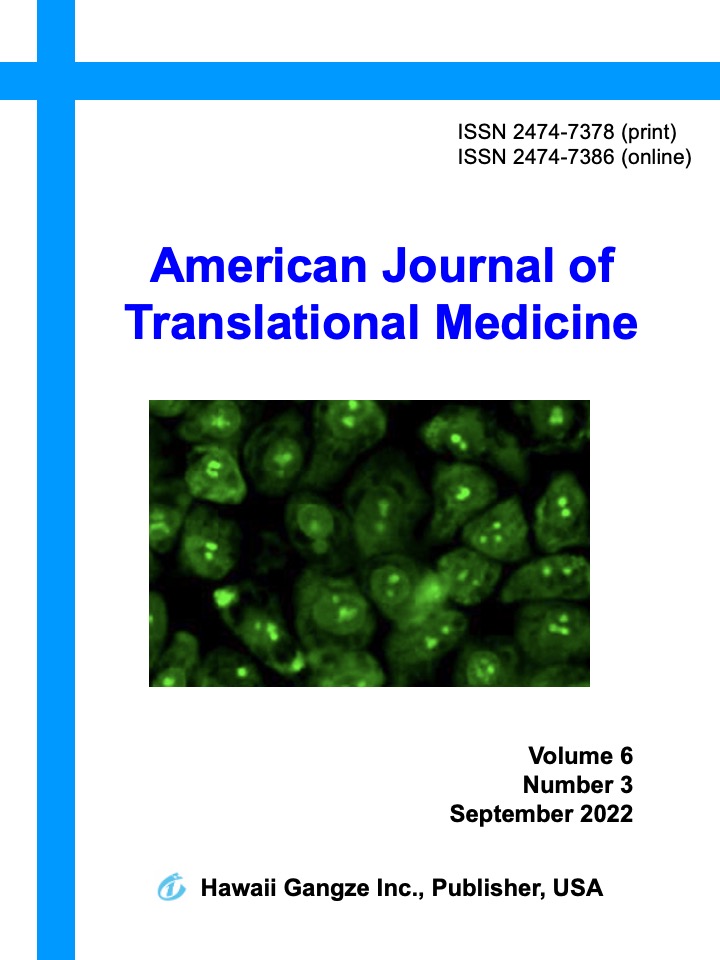Abstract
The present study was to investigate the effect of photothermal therapy with EGFR monoclonal antibody-modified gold nanorods (EGFRmAb-AuNRs) on the level of cellular autophagy. NP-69, Hep-2, CNE-2, and BEAS-2B cells were processed with different concentrations of EGFRmAb-AuNRs, and cell proliferation was detected by CCK-8. The result indicated that EGFRmAb-AuNRs had no effect on the cells. We also examined the EGFRmAb-AuNR properties, which indicated that EGFRmAb-AuNRs at 0.1 nM have good absorbance and stability. Transmission electron microscopy images revealed EGFRmAb promoted the entry of AuNRs into cells, and EGFRmAb-AuNRs were distributed in lysosomes with autophagosome accumulation. Furthermore, we measured the activity of histone B and histone D in order to assess the function of lysosomes. Histone B and histone D activities significantly declined after near-infrared (NIR) laser irradiation of EGFRmAb-AuNRs. In addition, the expression of LC3-II, ATG7, and Beclin-l was detected by western blotting. The results indicated that the LC3-II/I ratio significantly increased after NIR laser irradiation of EGFRmAb-AuNRs, while there was no effect on NP-69 cells. In conclusion, NIR laser irradiation of EGFRmAb-AuNRs disrupts lysosomal function and restrains autophagy levels in tumor cells, which may provide new perspectives for targeting studies of plasmonic photothermal therapy, especially for head and neck squamous cell carcinoma. (Am J Transl Med 2022. 6(3):113-124).

